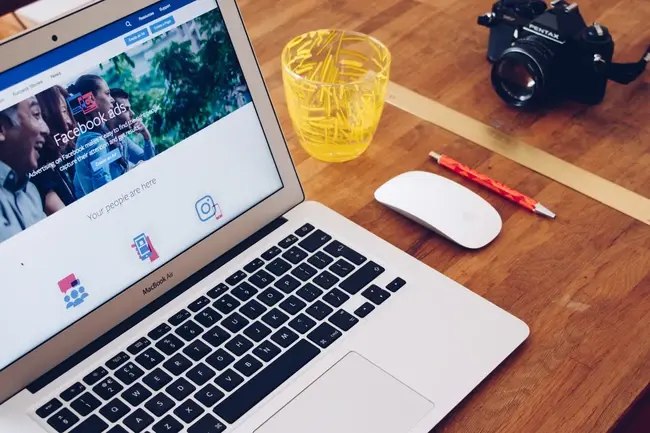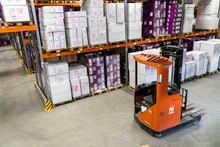
With the proliferation of social media, it was only a matter of time untill cybercriminals started targeting social media users. Most social media users understand phishing or email scams, but what they may be unaware of is the rise of malware attacks. What are malware attacks, how do they work on social media platforms, and what can you do to protect yourself?
What is Malware?
There are numerous types of cybersecurity threats impacting average consumers, small businesses, and large corporations alike in the current digital landscape.
Malware, a portmanteau for “malicious” and “software”, is a type of software that can harm your computer, smartphone, or tablet. Malware can include spyware, ransomware, viruses, trojans, and worms.
For example, ransomware is one of the fastest-growing forms of malware today. In 2020 alone, the FBI’s Internet Crime Complaint Center (IC3) received 2,474 complaints identified as ransomware attacks.
Malware on Social Media
There are a few different ways social media malware can spread on your devices. For example, a hacker can get a hold of your login credentials, such as your username and password. Then, the hacker can access your account, whether Instagram, Facebook, Pinterest, or other accounts, and send out malicious links.
It’s easy to tell when this happens, as some of your social media friends might reach out and tell you something’s wrong with your account, or you may log in and find out for yourself.
Malware can also infect your device if you click on suspicious links or open up attachments sent by someone you don’t know. Another method cybercriminals use is to hide malicious links in plain sight, in the form of online advertisements. This method is known as malvertising.
How to Avoid Malware Attacks on Your Business Accounts
Hackers are getting more and more creative in their attempts to hack into your account, so it’s important to know how to protect yourself online. If you’re working for a business, managing their social media accounts, you should take various steps to defend against malware attacks on these common platforms.
Below are some tips to follow if you’re in charge of a business’s social media accounts to ensure you’re defending against malware attacks.
1. Set Strong, Unique Passwords
As always, it’s highly recommended to set strong, unique passwords for all your social media account logins. Use special characters, numbers, and capital letters in your passwords to ensure they’re hard to guess.
It’s also a good idea to change your passwords regularly. By changing them, you’re better able to keep hackers at bay by making it more difficult for them to access your login credentials.
2. Use Security Software
Another tip is to install security software on your devices. If you decide to surf the web unprotected, you’re opening yourself up to a potential malware attack or other cybersecurity risks.
There are plenty of security software vendors out there to choose from, such as McAfee, Norton, BitDefender, Malwarebytes, and Trend Micro. Consider downloading these types of solutions to protect your devices from malware attacks originating on social media sites.
3. Always Keep Systems and Apps Updated
It’s also important to remember that keeping your device up-to-date with the most recent software version is crucial in protecting your device.
Additionally, app developers will often issue updates for users to fix bugs and install patches to common security vulnerabilities on popular apps. Be sure to download the latest versions of your social media apps to stay protected from cybersecurity threats.
4. Don’t Click on Suspicious Content
A final tip is to never click on any suspicious links, content, or advertisements while scrolling through your social media feeds. Some attack methods are harder to spot than others, but it’s good practice to avoid clicking on anything that could potentially cause malware to wreak havoc on your device.
Protecting Your Business Socials From Malware Threats
Because we use so many devices daily, cybersecurity attacks — including malware attacks — are becoming increasingly common. Malware can negatively affect businesses, schools, governments, and individuals, and these attacks are also cropping up on various social media platforms. Consider following the tips above to protect your business from malware attacks.












